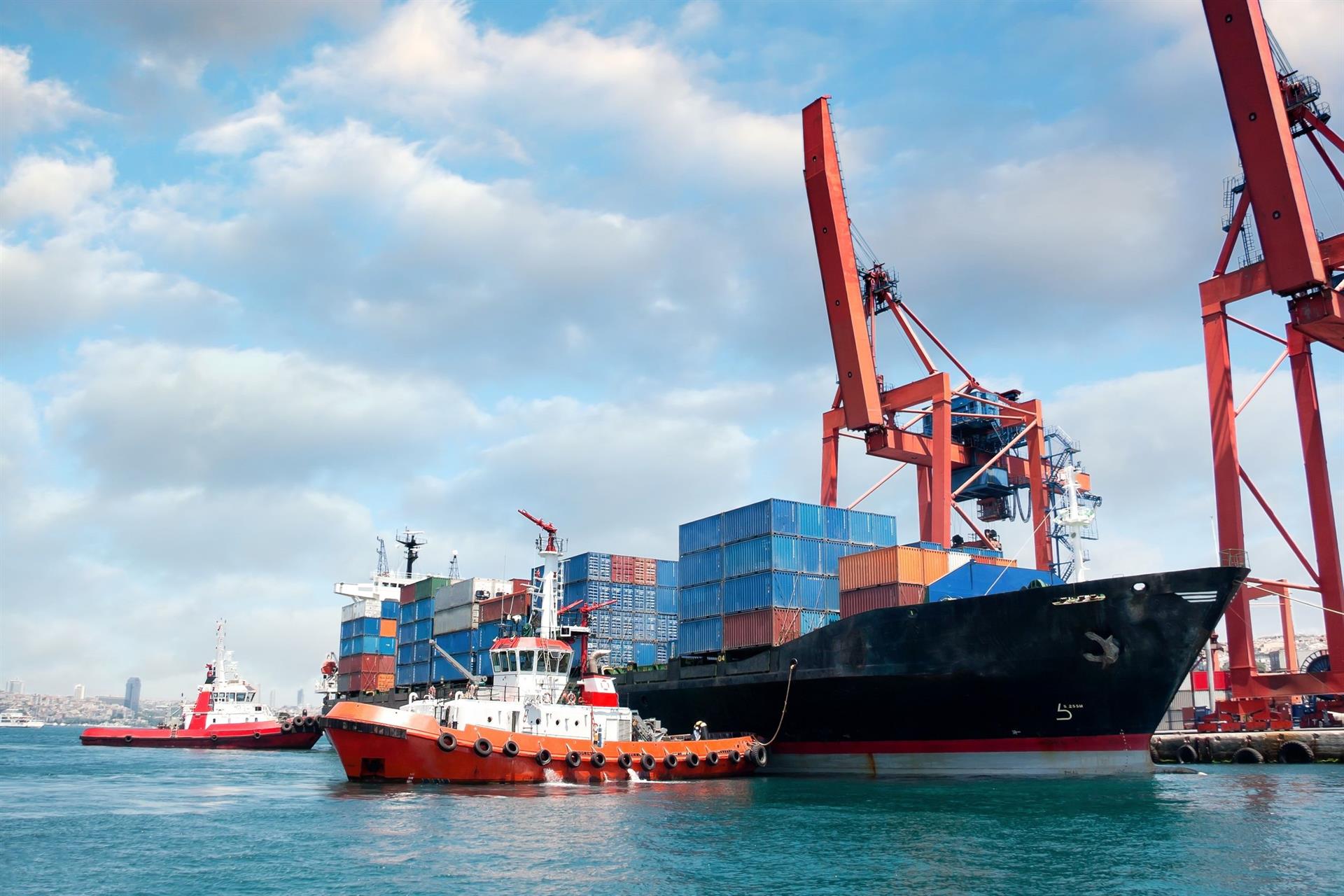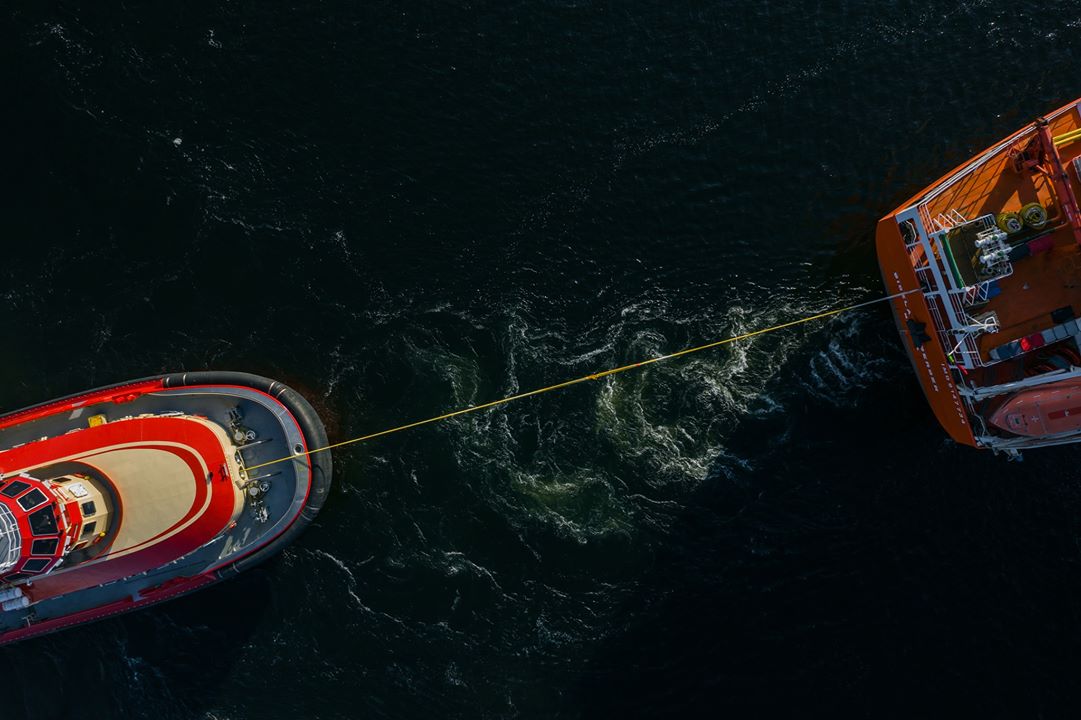

Finnpilot Pilotage, a special assignment company entirely owned by the State of Finland, is taking steps to develop the remote pilotage solution in cooperation with Wärtsilä.
This would be a world’s first demonstration of remote pilotage service and a possibility to develop the remote pilotage concept towards being an actual product
- Sanna Sonninen, Pilotage Director, Finnpilot Pilotage Ltd.
In Finland the goal of developing the remote pilotage solution was taken to the Government platform in spring 2019. The country has marked the Saimaa Canal lease area and public channels in Finnish waters as routes requiring pilotage. Finnpilot, acting on behalf of the country’s Government platform, started the cooperation with Wärtsilä Voyage Solutions, including the purchase of Wärtsilä Pilot Pro navigation software for all pilots, collection of AIS data and developing an analysis platform for AIS data.

The rough estimates from Wärtsilä Voyage Solutions show that remote pilotage solution may contribute additional 4M EUR in a port’s profits each year.
Overall price for the traditional short distance pilotage, i.e. in an “open coastline” port, is usually below 1000 EUR. (The price changes depending on the tonnage of the vessel and the distance to be piloted.) If the port is in areas of the long pilotage routes, such as Finland, Sweden, Danish straits, or in shallow waters channel, the pilotage fee for large vessels could exceed 5000 EUR.
Providing the average cost of 2000 EUR per pilotage, today the operating profit for the port authorities remains marginal 9%, due to high transportation expenses of up to 30%. Besides, the density of ship routes can increase the workload to pilot services, raise the cost of operations and decrease the profits. Human error also remains key concern for shipping safety - it is estimated that 75% to 96% of marine accidents can involve human error.
Considering all the mentioned above, ports demand to reduce costs of operations and increase safety.
Remote pilotage solution might cut down expenses by 50%, saving on pilot boat maintenance and fuel. Ports with busy vessel traffic have the potential to move more vessels under shore-based pilotage solution. 10% of jobs could be transferred to remote pilotage. Altogether that creates additional 4M EUR in profits each year.
The presented figures were estimated by Wärtsilä and not linked to the actual performance of any current company.

Wärtsilä’s Remote Pilotage solution is supposed to be built on automatically collected data from the vessel, shore-based pilotage control centre, VTS, port and fleet operation centre. Onboard equipment collects sensors data, i.e. accurate positioning of the vessel, and delivers it to the shore.
Shore equipment for remote pilotage embrace decision support system for collision and grounding avoidance, VR technologies, Virtual Boarding tools. Big Data analytics enables situational awareness and facilitates the decision-making for the pilot based on shore. Integration with VTS and FOS solutions creates additional benefits for the stakeholders, implementing a close integration into Smart Marine Ecosystem.
Related solutions
Did you like this? Subscribe to Insights updates!
Once every six weeks, you will get the top picks – the latest and the greatest pieces – from this Insights channel by email.



